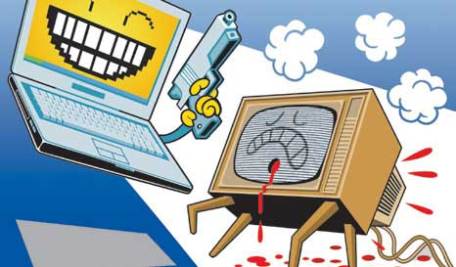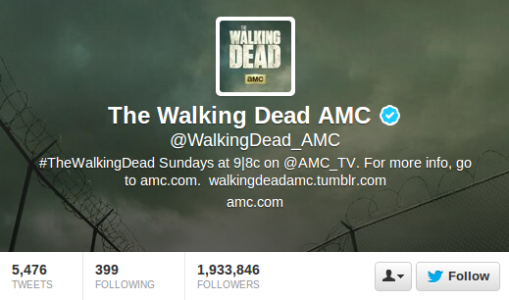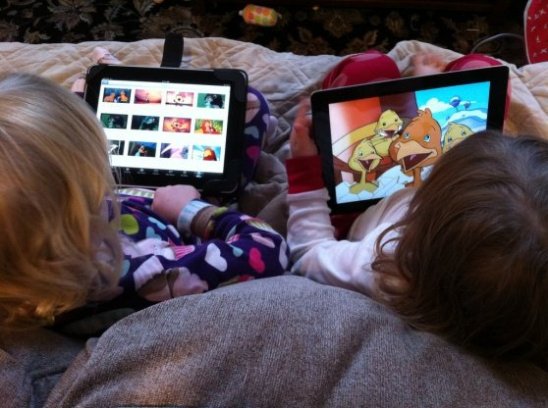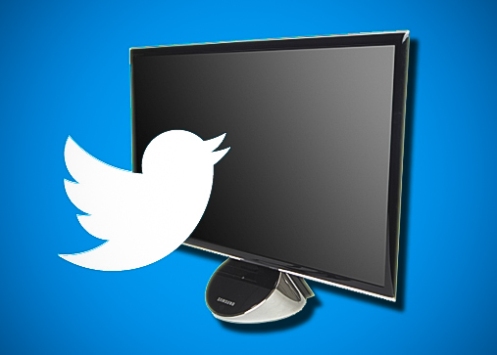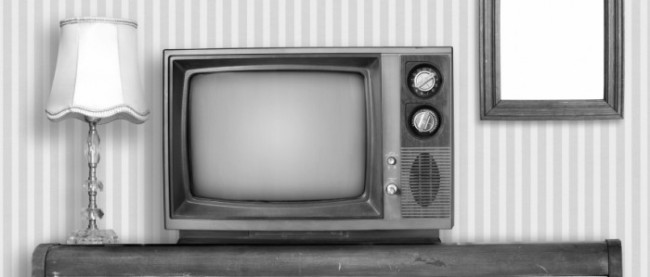What are the changing trends in watching TV and how does the technology affect the viewing habits? These are the major questions that both articles The New Water Cooler Is a TV Show by Rachel Doods and From YouTube to Vice – 10 trends that are changing how we watch TV by Stuart Dredge answer.
In the article The New Water Cooler Is a TV Show Doods explores the role of the newly emerged “after shows”. These “after shows” are made by fans who love post-episode analysis. According to Doods “After shows are an old-media solution to a new-media problem: they keep audiences and sponsors engaged with a network by joining in the online conversation”. “After shows” have many advantages: they are cheap to make, easily accessible to all types of people, and the problems discussed are recent and involving. In consideration of these advantages “after shows” tend to be extremely popular: according to Doods “”Talking Dead” host Chris Hardwick is also an avid social networker and zombie enthusiast, with 1.6 million Twitter followers” and “Andy Cohen, a Bravo executive who has more than 627,000 followers on Twitter, hosts “Watch What Happens””. These numbers are extremely high and impressive, highlighting the disappearance of the dividing line between the Web and TV.
In the article From YouTube to Vice – 10 trends that are changing how we watch TV Dredger is more focused on listing and analyzing ten major trends of watching TV. Dredger talks about the possible changes in the habits of watching TV and explores the role of Twitter, Facebook, Youtube and other “online watercoolers where people watch or discuss their favorite shows” (Dredger). The author also highlights the role of the technological development and emergence of tablets and smart phones where people can watch their favorite TV shows without sitting in front of TV. The role of kids is also another crucial theme discussed in this article. It is obvious that the younger generations radically change the ways to watch TV. Watching TV is substituted by the tablets, whose growth is startling: “the percentage of children with access to a tablet at home has surged from 20% in 2012 to 51% in 2013 and 84% now” (Dredger). It is apparent that TV has been changing over the years, but what will be the major trends in watching TV in the future is still unknown.
Possible Changes in the Trends of Watching TV
It is difficult to say what is on the horizon of TV; however, the possible changes in the trend of watching TV are apparent. These trends can be: TV and Web integration, use of tablets or smart phones instead of watching in front of TV, and via Facebook, Twitter and other social networks communication with friends and sharing ideas about the show. Though some of them are already applied today, these trends will become much more applicable in the future.
TV and Web integration will be the most beneficial for the audience since it will give consumers what they want without any limitations. It will allow the audience to get their favorite content from internet. To take an example of Google TV, it allows consumers to browse Web sites and watch television simultaneously. Consumers can access HBO, CNBC, and content from other providers through the Chrome browser. In the future with the help of this kind of internet televisions, the dividing line between TV and Web will become more blurred.
Use of tablets or smart phones more frequently than TVs will be not less advantageous for the people. Generally people do not have time to sit and watch the shows in front of TV. In most of the times they are involved in many other activities and concentrating on TV becomes difficult. In this case use of tablets, laptops, or smart phones is the solution. The habit of watching TV will completely be changed since the majority of people will prefer to watch their favorite TV show while having lunch in café, or being in the public transport, instead of sitting in front of TV at home.
Twitter, Facebook and other online social networks play crucial role in the future of TV. On one hand, they are brilliant advertisements of TV shows’ and promote people to watch them; however, on the other hand if one does not watch the show immediately after the release the posts on Twitter on Facebook will ruin their expectations since everybody will be talking about it. On Facebook or on Twitter live conversations are happening around TV where the large audiences are involved. I think in the future the “after shows” will become even more popular and will become equally famous as the shows themselves.
It is obvious that today’s television watching habits are radically different from those of our parents or grandparents. The majority of people does not sit in front of TV, but prefer to watch their favorite shows in internet or in their tablets/smart phones/laptops. This is the era when consumers control what to watch not the companies. In the future the line between TV and Web will become even more blurred and online social networks and TV will become more firmly connected.
